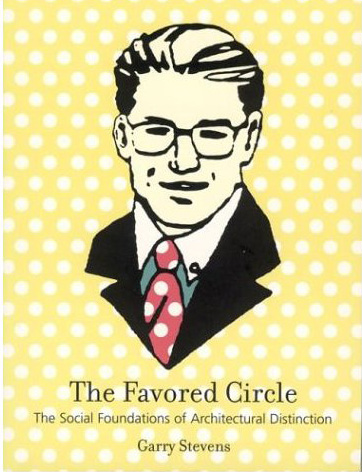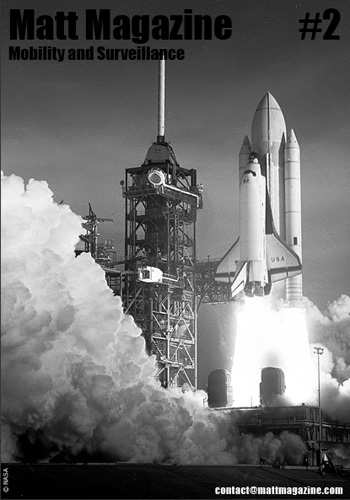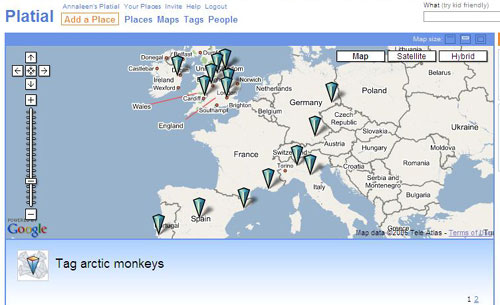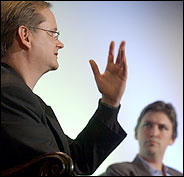MACHINE SOUL: A History Of Techno, by Jon Savage

DJ Blush on the decks
Image source: Bubblefunk
Text source: Hyperreal.org
[This article originally appeared in The Village Voice Summer 1993 “Rock & Roll Quarterly” insert.]
Oooh oooh Techno city
Hope you enjoy your stay
Welcome to Techno city
You will never want to go away
–Cybotron, “Techno City” (1984)
“The ‘soul’ of the machines has always been a part of our music. Trance always belongs to repetition, and everybody is looking for trance in life… in sex, in the emotional, in pleasure, in anything… so, the machines produce an absolutely perfec t trance.”
–Ralf Hütter, 1991, quoted in Kraftwerk: Man Machine and Music, Pascal Bussy
“It’s like a cry for survival,” a panicked male voice calls out. The beat pauses, but the dancers do not. Then Orbital throw us back into the maelstrom: into a blasting Terry Riley sample, into the relentless machine rhythm, into a total environment of light and sound. We forget about the fact that we’re tired, that the person in front of us is invading our space with his flailing arms. Then, suddenly, we’re there: locked into the trance, the higher energy. It does happen, just like everybody always says: along with thousands of others, we lift off.















